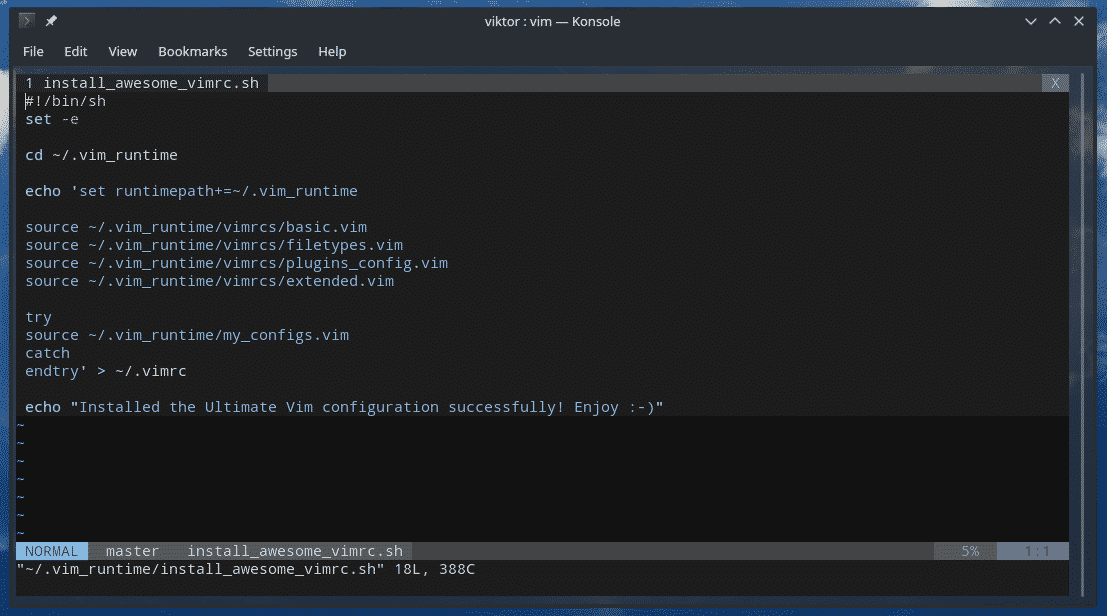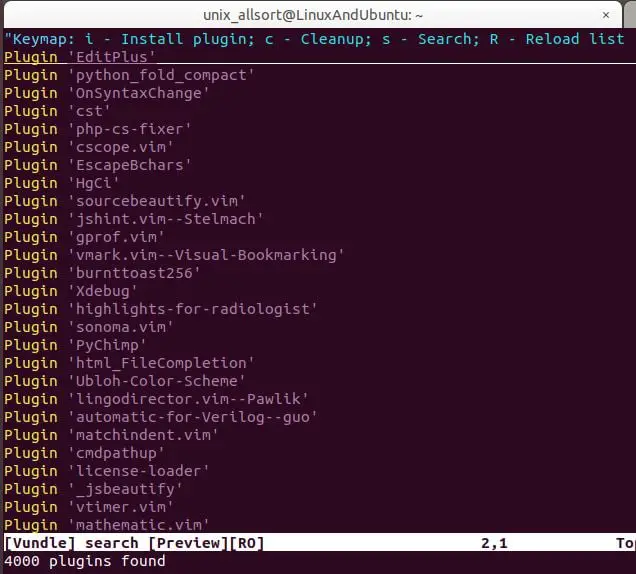

įiles containing the search term will be listed in the split window, along with the line number of the occurrence, once for each occurrence. This plugin will allow you to run ack from vim, and shows the results in a split window. Ack can be used as a replacement for 99% of the uses of grep. This plugin is a front for the Perl module App::Ack. You only need to do this one time after installing (or updating) a : Plugin for the Perl module / CLI script 'ack' You can do so by running: :helptags ~/.vim/pack Most plugins include documentation, which you can view using the same :help command that you use for Vim’s built-in documentation.īefore you can look up the documentation for a newly installed plugin, you have to index its documentation. (To see for yourself, try running :Scriptnames.) Indexing plugin documentation That adds the plugin to your runtimepath and makes the features of scriptease available to you. First, you have to activate it by running: :packadd vim-scriptease If you start a fresh instance of Vim, you won’t be able to use the scriptease plugin right away. Next, clone the scriptease plugin to the bundle/opt directory: cd ~/.vim/pack/bundle/opt (If you’re already running an instance of Vim, you’ll have to restart to use these plugins.) If you start a fresh instance of Vim, these plugins will be available for you to use right away.
#Installing vim plugins install#
Let’s install some tpope plugins: surround, unimpaired, and scriptease.Ĭhange to the bundle/start directory, and clone the surround and unimpaired repositories there: cd ~/.vim/pack/bundle/start Installing plugins to the ‘bundle’ package

You can add these to your runtime path when you need them by using the :packadd command. The opt directory is for optional plugins. Creating a ‘bundle’ packageĬreate a package called bundle where you’ll install your plugins: mkdir -p ~/.vim/pack/bundle/startĪny plugins that you install in the start directory will be added to your runtimepath when Vim starts up. Then you might create another package called myplugins where you keep the plugins that you maintain by yourself. For example, you might create one package called bundle where you install plugins written by other people.

You can create as many packages as you like. Your package should contain a subdirectory called start, which is where you install the plugins that you want to load when Vim starts up. When you organise your plugins in a package, Vim can automatically add those plugins to your runtimepath on startup.īy convention, you create packages within a. What’s a Package?Ī package is a directory that contains one or more plugins. With version 8, Vim released the packages feature to fill this gap. You had to do it by hand, or you had to install a plugin such as pathogen to automate the runtimepath management. Vim has supported plugins since version 6, but until recently there was no convenient way of managing the runtimepath. You could manipulate the runtimepath by hand: set runtimepath +=~ /.vim/arbitrary/demo -plugin To install this plugin, you would add the top-level demo-plugin directory to Vim’s runtimepath. The purpose of a plugin is to add new functionality to Vim, or to modify Vim’s existing functionality.Ī demo-plugin containing one script and an accompanying documentation file might look like this: demo-plugin

Otherwise, read on… What’s a Plugin?Ī plugin is a directory containing one or more scripts (usually with documentation). If that makes sense, you can skip the next two sections. It’s easy to confuse the terms package and plugin, so let’s start by defining the terminology:Ī plugin is a directory containing one or more scripts.Ī package is a directory containing one or more plugins.


 0 kommentar(er)
0 kommentar(er)
